Ganghwa Janghwa-ri Tidal Flats and blackfaced spponbill breeding place (강화갯벌 및 저어새번식지)
9.5 Km 23022 2021-06-16
Haeannam-ro, Hwado-myeon, Ganghwa-gun, Incheon
+82-32-930-3124
Ganghwa Janghwa-ri Tidal Flats in Hwado-myeon, Ganghwa-gun, Incheon is well-known among photographers as a great spot to view the sunset from. Along with Dongmak Beach, this area has one of the most beautiful tidal flats and views of the sunrise in the western sea. The place provides different views depending on the rise and ebb of the tide.
Chamseongdan Altar (강화 참성단)
10.5 Km 22386 2020-06-29
Heungwang-ri, Ganghwa-gun, Incheon
+82-32-930-4571
Located on the northside of Manisan Mountain peak, Chamseongdan Altar is where Dangun (founder of Korea) is said to have offered sacrifices to the heavens. The story of Dangun reads that he made sacrifices over 4,000 years ago, making this relic a historical treasure.
Chamseongdan was renovated in 1270 under Goryeo Wonjong’s and after being renovated several more times. To this day it has remained the same way and kept the same appearance. Chamseongdan is a natural stone 5 meters in x_height, circular in shape at the bottom and rectangular at the top. Because it is in the middle of Baekdusan Mountain and Hallasan Mountain, you can see the islands of the West sea and the inland scenery. It is symbolically a very important place. It is said that in the past, the kings of Goguryeo, Baekje, and Silla Kingdoms all offered sacrifices to the heavens here. This form of ceremonial sacrificing continued prevailed until the Joseon Period (1392~1910). Visitors can see from scattered relics how Korea’s ancestors revered and feared the heavens. Even now, on Gaecheonjeol Day, Koreans offer sacrifices to Dangun here, and for national athletic events, a sacred flame for the games is ignited here.
Manisan Mountain is 495m above sea level, which makes it the highest mountain in Ganghwa. The entire area was designated as a National Tour Site in 1977. Climb to the summit and you can see the entire Gyeonggi area. The path leading up to Chamseongdan especially has a wonderful view of the mountain and the sea, and is a favorite of the climbers.
Lotus Lantern International Meditation Center (연등국제선원)
10.6 Km 13332 2020-02-06
349-60, Ganghwadong-ro, Ganghwa-gun, Incheon
+82-32-937-7033
The Lotus Lantern International Meditation Center was founded in 1997 by Monk Wonmyoung as a site for foreigners to practice seon meditation.The center features five main buildings and a large garden area. The center is serviced by monks from various countries, including America, Switzerland, Russia, and other Asian countries. Foreigners can easily learn the practice of seon meditation by participating in the English lectures and short-term programs.
Ganghwa History Museum (강화역사박물관)
10.8 Km 45778 2021-08-13
994-19, Ganghwa-daero, Ganghwa-gun, Incheon
+82-32-934-7887
Ganghwa History Museum opened in 2010 with aims to exhibit, preserve and educate visitors about the history and culture of Ganghwa from prehistoric ages to modern times based on artifacts from the area.
Dolmen in Bugeun-ri [UNESCO World Heritage] (강화 고인돌 유적 [유네스코 세계문화유산])
10.9 Km 33679 2023-11-10
Bugeun-ri, Ganghwa-gun, Incheon
+82-32-933-3624
Dolmen in Bugeun-ri is a dolmen site in Ganghwa that was designated as a Historic Site for its historical value representing the funeral customs of the Bronze Age. The main stone used to create the tomb is 710 centimeters long, 550 centimeters wide, and 260 centimeters high. The dolmen is an example of the northern dolmen customs, serving as a subject of further research in the field of ancient history. The Dolmen in Bugeun-ri is also registered as a UNESCO World Heritage along with other significant dolmen sites.
Oktokki Space Center (옥토끼우주센터)
10.9 Km 29627 2020-06-01
403, Ganghwadong-ro, Ganghwa-gun, Incheon
+82-32-937-6917
Oktokki Space Center is Korea's first aerosepace theme park. The center collects, preserves, and exhibits materials related to aerospace engineering to educate and promote to the public. It is open to visitors all year round, offering diverse activity programs and experience rides that can be enjoyed by people of all ages. The center is especially well equipped with fun learning materials as well as educational programs to spark children's insterest in the field.
Kkotgewa Nakji (꽃게와낙지)
11.0 Km 16697 2024-02-26
7 Haeannam-ro 2029beon-gil, Hwado-myeon, Ganghwa-gun, Incheon
Kkotgewa Nakji is a seafood restaurant nestled at the base of Manisan Mountain. The restaurant is renowned for its two standout dishes: the blue crab soup, prepared using egg-filled female crabs, and the stir-fried octopus, which features live octopus cooked immediately to ensure freshness. The side dishes, crafted from fresh ingredients sourced from Ganghwado Island, add a delicious and comforting touch to the dining experience.
Ganghwa Seoksumun Gate (강화 석수문)
11.3 Km 13635 2020-02-06
Gukhwa-ri, Ganghwa-gun, Incheon
+82-32-930-4571
Seoksumun is a floodgate on the Dongnakcheon Stream, which flows through the town of Ganghwa-eup. The floodgate was built in 1711 (37th year of King Sukjong’s reign during the Joseon Period) and it is connected to the inner walls of the Ganghwasanseong Fortress. It is an arched structure with a design of three rainbows coming together. Made of granite, the floodgate measures 18.2 meters in length and 2.7 meters in x_height, while the arches are 1.7 meters tall, and 3 meters wide.
Ganghwa Seonwonsa Temple Site (강화 선원사지)
11.5 Km 12516 2022-09-19
222, Seonwonsaji-ro, Ganghwa-gun, Incheon
+82-32-933-8234
Ganghwa Seonwonsa Temple Site was first discovered in 1976 during a surface examination around Ganghwado Island undertaken by the Ganghwado Island Academic Research Team of Dongguk University. The site was designated as Historic Site No. 259 in 1977. Seonwonsa Temple was built by General Choi Wu in 1245 (the 32nd year of King Gojong’s reign during the Goryeo dynasty), which was right after the transfer of the capital to Ganghwado during resistance against the Mongolian invasion.
The temple was meant to be a spiritual mainstay in fighting against Mongolia. It used to be one of the two largest temples in Korea along with Songgwangsa Temple. However, the temple was completely destroyed during the early Joseon era, leaving only the site itself. The famous wood blocks of Palman Daejanggyeong (the Tripitaka Koreana), currently housed in Haeinsa Temple at Hapcheon, are said to have been originally stored in Seonwonsa Temple. It is believed that the carved wood blocks were taken from Seonwonsa to Heungcheonsa Temple during the Joseon era and again moved to Haeinsa Temple during the reign of Sejo.
Located on a mountain slope, the presumed location of the building site extends 250 meters from south to north and 170 meters from east to west.
Joyang Bangjik Cafe (조양방직)
11.7 Km 99 2023-11-13
12 Hyangnamu-gil 5beon-gil, Ganghwa-gun, Incheon
+82-32-933-2192
Joyang Bangjik, which means Joyang Textile in English, was the first rayon factory established with domestic funds in 1933 in Ganghwa, but were closed down as Ganghwa textiles declined over the years. The empty building was left in ruins until it became renovated as a huge cafe. A demolished wall became a wonderful art gallery and movie theater, a long workbench was turned into a coffee table, and the space where machines and people worked was filled with antiques found in China and Europe. A British door with a broken window, a round mirror from an old train in the Czech Republic, and a fish-shaped bun machine that struggled to turn itself over every winter are naturally arranged as if they were there originally, giving an impression of time throughout the cafe by utilizing the factory and building frame of more than 990 square meters. Currently, various drinks and cakes are offered.
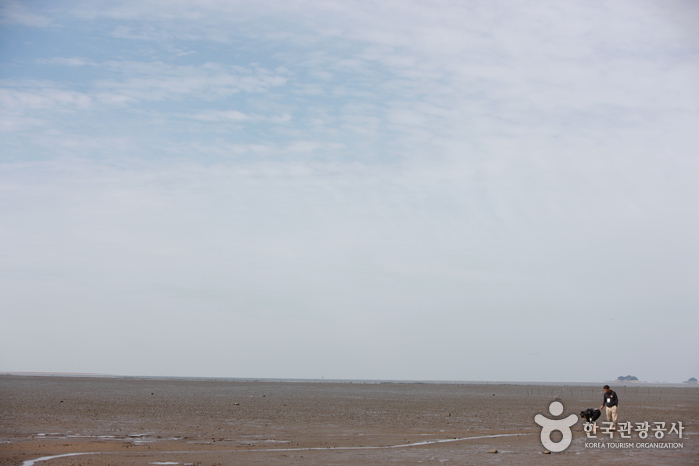
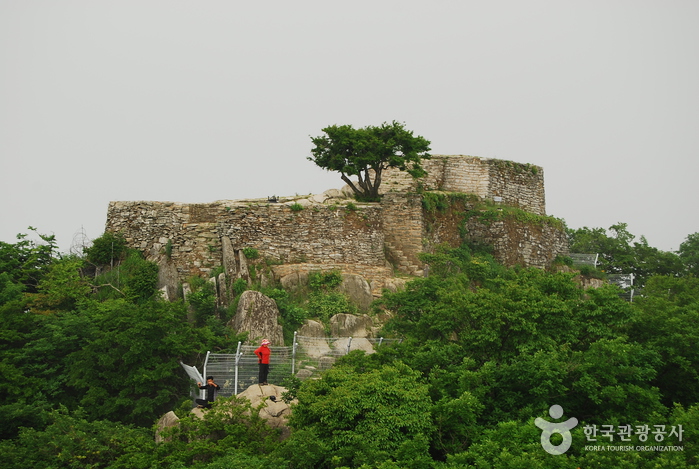
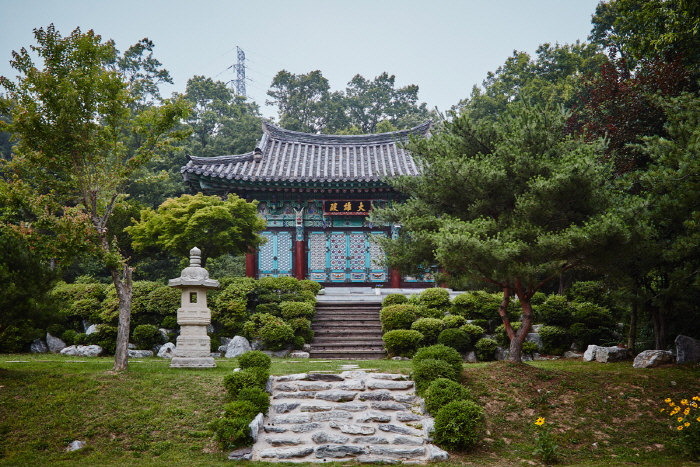
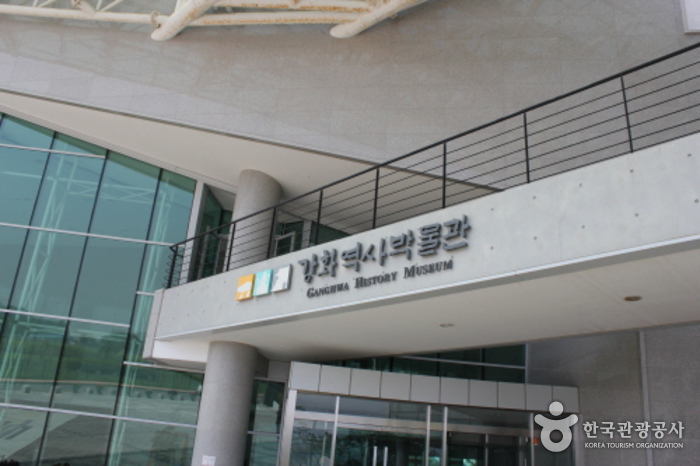
![Dolmen in Bugeun-ri [UNESCO World Heritage] (강화 고인돌 유적 [유네스코 세계문화유산])](http://tong.visitkorea.or.kr/cms/resource/77/1876577_image2_1.jpg)
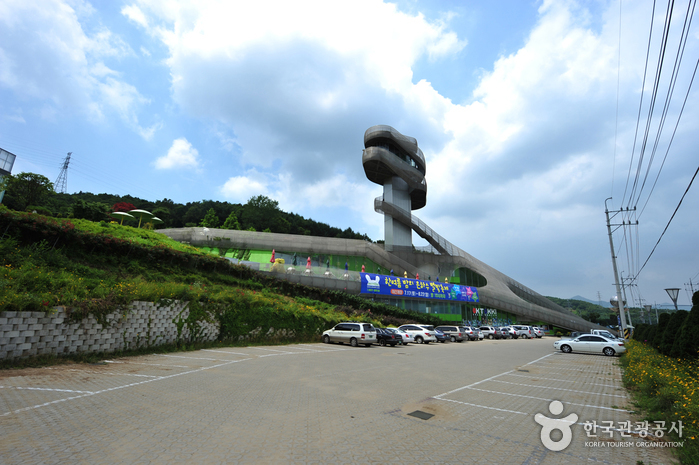

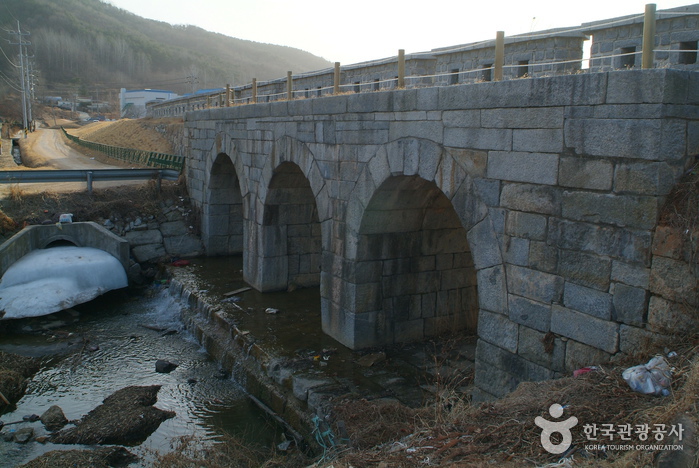
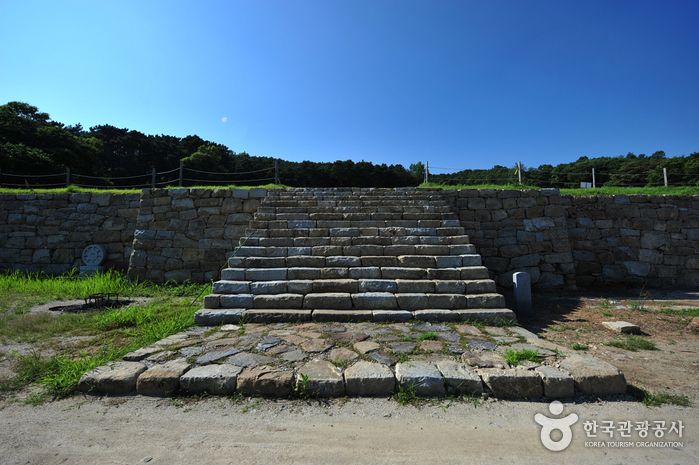
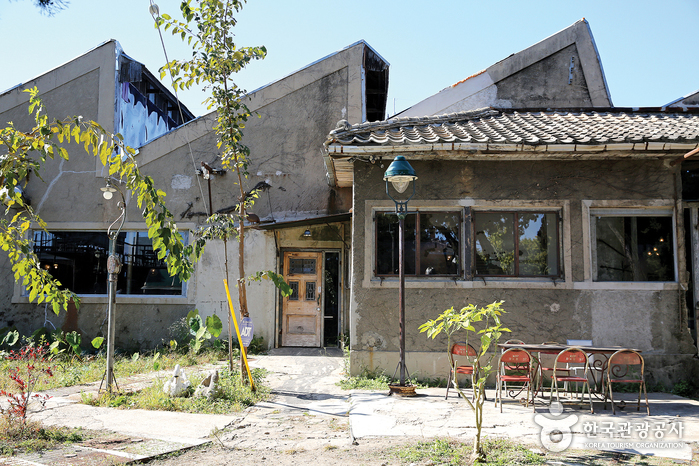
 English
English
 한국어
한국어 日本語
日本語 中文(简体)
中文(简体) Deutsch
Deutsch Français
Français Español
Español Русский
Русский